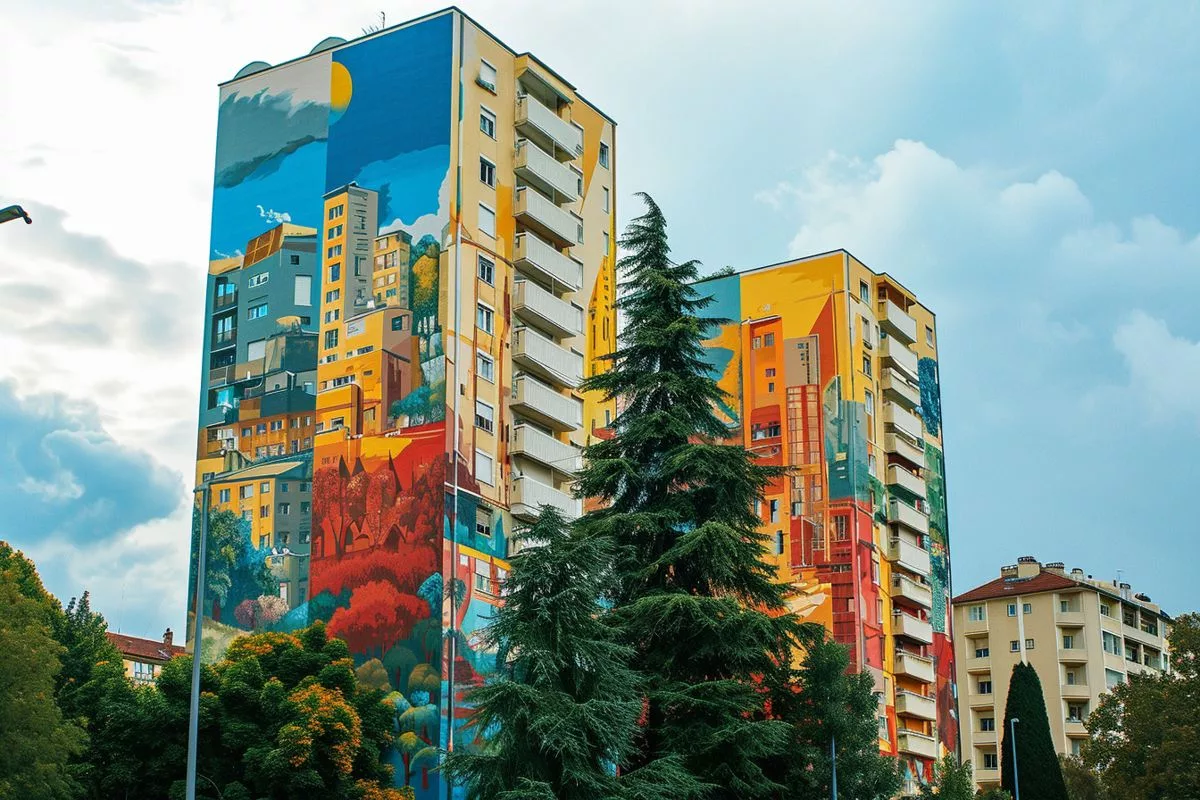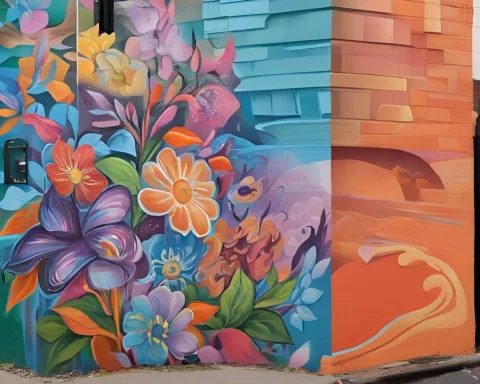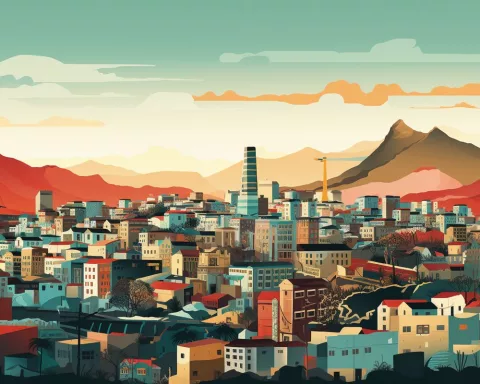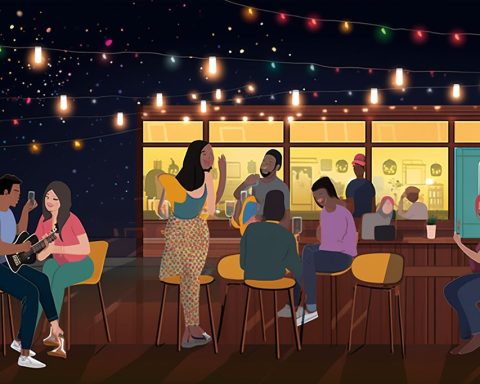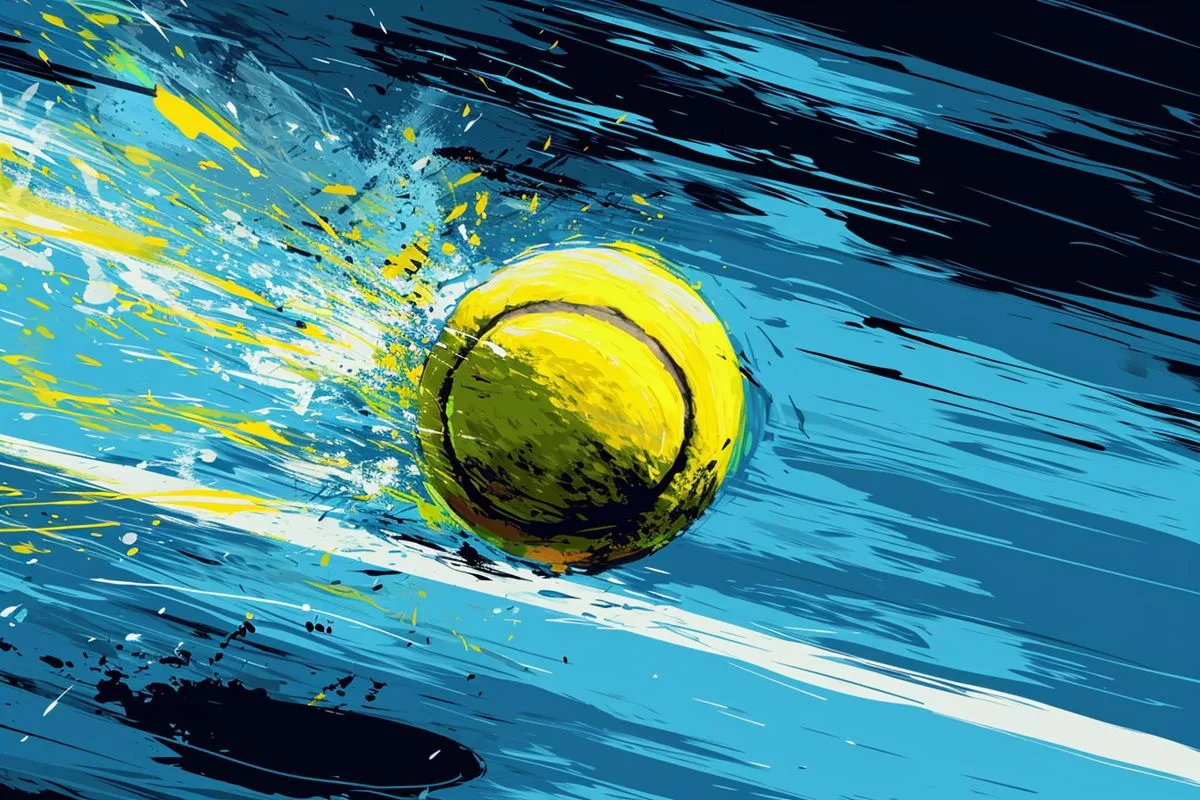Cape Town is a city that champions the synergy of law and artistic innovation. Its Graffiti by-law facilitates artistic liberty through murals while respecting certain restrictions. The city encourages public art through a structured process that assures the sustainable administration of public infrastructures and spaces, while also taking decisive action against unlawful graffiti, tagging, and gang symbols. Cape Town’s strategy towards public art acts as a dynamic archetype, a blueprint for cities globally to emulate.
Cape Town has set an exemplary precedent for championing the synergy of law and artistic innovation. The city’s Graffiti by-law facilitated artistic liberty through murals while respecting certain restrictions. Artists intending to paint a mural or graffiti must obtain approval from the City’s Department of Arts and Culture. The city also takes decisive action against unlawful graffiti, tagging, and gang symbols.
The Intersection of Legality and Art in Urban Landscapes
In the contemporary age of urban landscapes transforming into interactive, living galleries, Cape Town has set an exemplary precedent, championing the synergy of law and artistic innovation. The metropolis has effectively tapped into the potential of public art, crafting a conducive environment for its inhabitants to exercise their creativity through wall murals and public art displays. A leisurely walk through the city’s lanes unravels a vivid spectrum of murals, each narrating a distinct tale, each adding a stroke to Cape Town’s colourful visual persona.
Setting the stage in 2009, Cape Town rolled out the Graffiti by-law, an avant-garde legislation that facilitated artistic liberty through murals whilst respecting certain restrictions. However, it is vital to understand why such a legislation was pivotal?
Art has always served as a potent medium for dialogue, for narrating the tales of the era, and for challenging societal standards. Striking a delicate equilibrium between endorsing this expression and preserving a clean, respectful public arena is crucial. The Graffiti by-law managed to strike this balance. Artists intending to paint a mural or graffiti are required to obtain approval from the City’s Department of Arts and Culture, thereby ensuring that public art follows a thoughtful and respectful approach.
The Influence of Artistic Legislation in Numbers
The efficacy of this method is mirrored in its statistics. From May 2023 onwards, the city has sanctioned 31 murals, attesting to the harmonious alliance between the city administration and the artist community. This procedure also guarantees that the murals peacefully cohabit the cityscape, acting as lively declarations rather than visual disruptions.
In instances where unauthorised murals were identified, the city refrained from imposing harsh penalties. Instead, they opted for a discourse with community members, explaining the protocols, guiding them on how to legitimise their installations, thereby demonstrating empathy and understanding.
The jurisdiction of this by-law is not confined to public land but covers private property as well. Irrespective of the site, an application is mandatory before initiating a mural. This comprehensive guideline ensures that the city’s visual coherence is upheld, even as it nurtures the flowering of creativity.
Addressing the Issue of Illegal Graffiti
As well as endorsing public art, the City also takes decisive action against unlawful graffiti, tagging, and gang symbols. The Graffiti Unit, from January to September 2023, successfully eradicated an impressive 24,076 square metres of graffiti. While the City primarily protects its own buildings, private property owners are equally accountable for removing graffiti from their premises, thus fostering a collective responsibility for the city’s visual charm.
What sets this approach apart is not merely the presence of the legislations, but their implementation and widespread public approval. The city undertakes daily graffiti removal when no permission has been obtained from the proprietor of a public asset (such as roads, housing, etc.), and no permit has been issued by Arts & Culture.
Balancing Art and Regulation: A Model for Global Cities
The true essence of Cape Town’s perspective towards public art is showcased in its equilibrium. It endorses artistic expression whilst diligently maintaining the city’s aesthetics. It acknowledges the potency of art as a medium to endorse causes, narrate stories, and enhance the urban environment without suppressing it. Instead, it guides it through a structured process that assures the sustainable administration of public infrastructures and spaces.
In summary, Cape Town’s strategy towards public art acts as a dynamic archetype, a blueprint for cities globally to emulate. It is a tribute to the effectiveness of a well-implemented public arts policy, one that not only accommodates public art but actively promotes it, integrating it flawlessly into the city’s fabric. As we navigate the future, cities worldwide could stand to gain from Cape Town’s deft equilibrium between art and legislative control.
1. What is Cape Town’s Graffiti by-law?
Cape Town’s Graffiti by-law is a legislation that facilitates artistic liberty through murals while respecting certain restrictions. Artists intending to paint a mural or graffiti must obtain approval from the City’s Department of Arts and Culture.
2. How does Cape Town encourage public art while maintaining a clean, respectful public arena?
Cape Town encourages public art through a structured process that assures the sustainable administration of public infrastructures and spaces while also taking decisive action against unlawful graffiti, tagging, and gang symbols. Artists intending to paint a mural or graffiti must obtain approval from the City’s Department of Arts and Culture.
3. How many murals has Cape Town sanctioned since May 2023?
From May 2023 onwards, the city has sanctioned 31 murals, attesting to the harmonious alliance between the city administration and the artist community.
4. How does Cape Town address the issue of illegal graffiti?
The City takes decisive action against unlawful graffiti, tagging, and gang symbols. The Graffiti Unit, from January to September 2023, successfully eradicated an impressive 24,076 square metres of graffiti. Private property owners are equally accountable for removing graffiti from their premises, fostering a collective responsibility for the city’s visual charm.
5. What sets Cape Town’s approach to public art apart from others?
Cape Town’s approach to public art endorses artistic expression while diligently maintaining the city’s aesthetics. It guides it through a structured process that assures the sustainable administration of public infrastructures and spaces, integrating it flawlessly into the city’s fabric.
6. What can other cities learn from Cape Town’s approach to public art?
Cape Town’s strategy towards public art acts as a dynamic archetype, a blueprint for cities globally to emulate. Cities worldwide could stand to gain from Cape Town’s deft equilibrium between art and legislative control.

